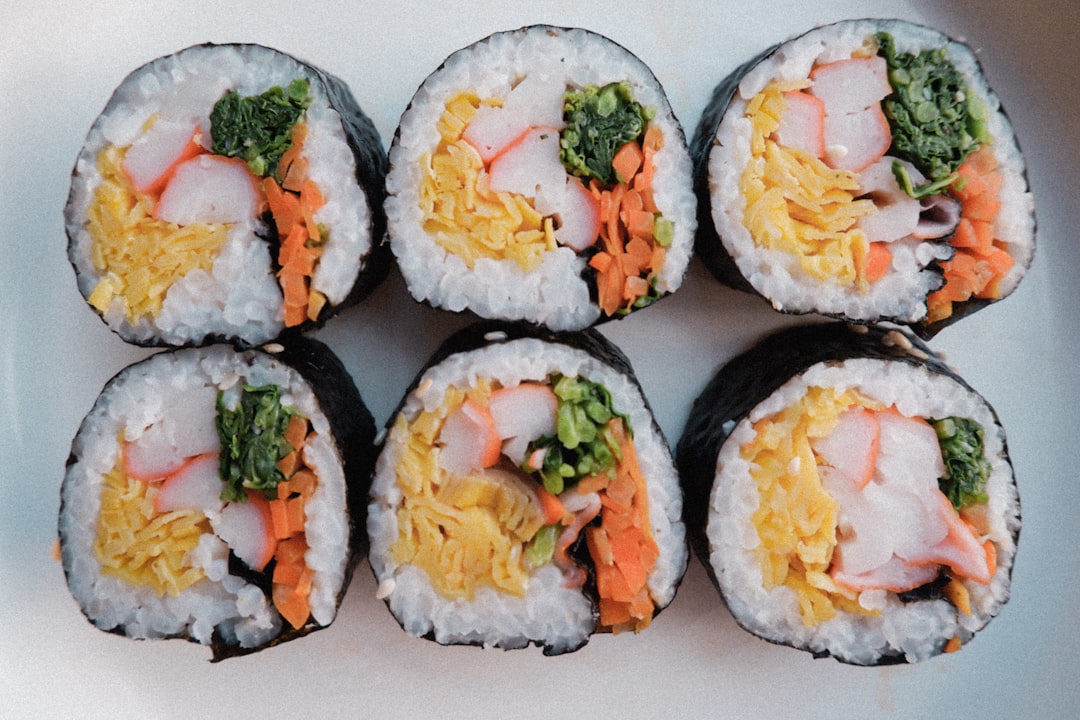Kimbap, also known as gimbap, is a traditional Korean dish that has captured the hearts and taste buds of people around the world. These flavorful rice rolls are filled with a variety of ingredients such as vegetables, meat, and pickled radish, all wrapped in seaweed and sliced into bite-sized pieces. While kimbap may seem like a simple dish, its history and cultural significance are anything but ordinary.
The origins of kimbap can be traced back to the Joseon Dynasty in Korea, where it was known as “bokssam.” During this time, rice was considered a luxurious food reserved for the upper class, while the common people relied on grains such as barley and millet. Bokssam was a way for the lower class to enjoy the taste of rice by wrapping it in seaweed with various fillings.
As time went on, bokssam evolved into kimbap as we know it today. The dish became popular among Korean farmers and laborers who needed a convenient and portable meal to take with them to work. Kimbap provided a balanced and nutritious meal that could sustain them throughout the day, thanks to its combination of carbohydrates, protein, and vegetables.
Today, kimbap is a staple in Korean cuisine and can be found in a variety of settings, from street food stalls to upscale restaurants. It is enjoyed by people of all ages and is often packed as a quick and easy lunchbox option for school or work. Kimbap is also a popular choice for picnics and gatherings, as it is easy to prepare in large quantities and can be customized to suit everyone’s tastes.
One of the most unique aspects of kimbap is its symbolism and cultural significance. The dish is often associated with celebrations and special occasions in Korea, such as New Year’s Day or birthdays. The ingredients used in kimbap are chosen not only for their flavor but also for their symbolic meanings. For example, yellow pickled radish is believed to bring good luck and prosperity, while spinach represents growth and vitality.
In addition to its cultural significance, kimbap also holds a special place in the hearts of Koreans as a comfort food that reminds them of home. Whether enjoyed as a quick snack or a full meal, kimbap is a versatile dish that can be customized to suit any palate. From classic fillings like bulgogi beef and kimchi to modern twists such as tuna mayo and avocado, there is a kimbap recipe for everyone to enjoy.
So the next time you bite into a delicious kimbap roll, remember the rich history and cultural traditions that have shaped this beloved Korean dish. From its humble origins to its modern-day popularity, kimbap is a true symbol of Korean cuisine and a testament to the enduring legacy of traditional foods.


